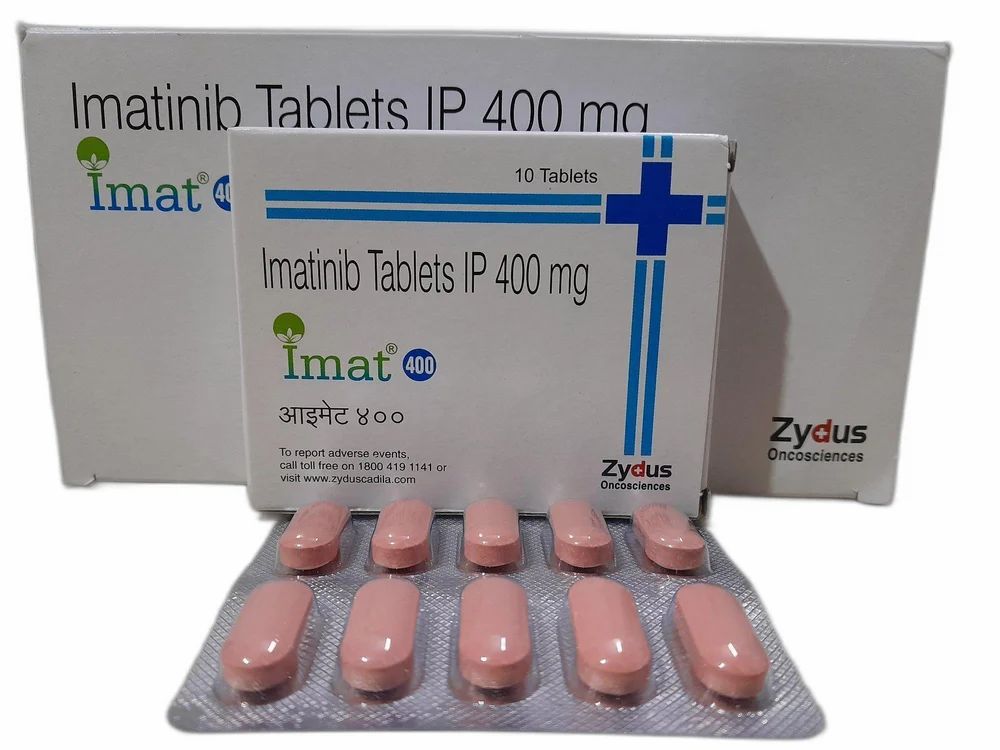Gastrointestinal Stromal Tumors: Symptoms, Causes, Treatment
What are the symptoms of gastrointestinal stromal tumors?
Gastrointestinal stromal tumors (GISTs) are tumors that arise from specialized nerve cells found in the walls of the digestive system. The symptoms of GISTs can vary depending on the size and location of the tumor. Common symptoms may include:
- Abdominal pain or discomfort: Persistent or recurring pain in the abdomen, often located near the site of the tumor.
- Feeling of fullness: A sensation of fullness or bloating, even after eating only small amounts of food.
- Nausea and vomiting: Some people with GISTs may experience nausea and vomiting, which can be persistent or intermittent.
- Blood in the stool: GISTs can cause bleeding in the digestive tract, which may result in the passage of blood in the stool or black, tarry stools.
- Fatigue: Anemia caused by bleeding from the tumor can lead to fatigue and weakness.
- Unexplained weight loss: Significant or unexplained weight loss may occur in some people with GISTs.
- Difficulty swallowing: If the tumor is located in the esophagus or upper digestive tract, it may cause difficulty swallowing, also known as dysphagia.
- Pain or discomfort: If the tumor grows large enough, it may press on nearby organs or tissues, causing pain or discomfort.
It’s important to note that not everyone with a GIST will experience all of these symptoms, and some people may have no symptoms at all. If you are experiencing persistent or worrisome symptoms that could be related to a GIST, it’s important to consult with a healthcare provider for an accurate diagnosis and appropriate treatment.
What are the causes of gastrointestinal stromal tumors?
Gastrointestinal stromal tumors (GISTs) are thought to develop from specialized nerve cells found in the walls of the gastrointestinal tract, called the interstitial cells of Cajal. These cells are responsible for regulating the contractions of the digestive tract that move food and fluids through the system.
The exact cause of GISTs is not fully understood, but most cases are believed to be caused by genetic mutations that occur randomly in the cells of the gastrointestinal tract. These mutations can lead to the uncontrolled growth and division of cells, resulting in the formation of a tumor.
In some cases, GISTs may be associated with certain genetic syndromes, such as neurofibromatosis type 1 (NF1) or Carney triad. However, the majority of GISTs occur sporadically, without a clear genetic predisposition.
Other factors that may contribute to the development of GISTs include age (they are more common in older adults), gender (they are slightly more common in women), and certain genetic mutations (such as mutations in the KIT or PDGFRA genes). However, these factors are not thought to be direct causes of GISTs but rather factors that may increase the risk of developing the tumors.
What is the treatment for gastrointestinal stromal tumors?
The treatment for gastrointestinal stromal tumors (GISTs) depends on several factors, including the size and location of the tumor, whether it has spread to other parts of the body, and the overall health of the patient. Treatment options for GISTs may include:
- Surgery: Surgery is often the primary treatment for GISTs. The goal of surgery is to remove the tumor and any affected surrounding tissue. In some cases, a segment of the digestive tract may need to be removed to ensure that all of the tumor is excised.
- Targeted therapy: Targeted therapy drugs, such as imatinib (Gleevec), sunitinib (Sutent), and regorafenib (Stivarga), are often used to treat GISTs. These drugs target specific molecules that are involved in the growth and spread of cancer cells. Targeted therapy may be used before surgery to shrink the tumor, after surgery to reduce the risk of recurrence, or as a primary treatment for advanced or metastatic GISTs.
- Chemotherapy: Chemotherapy is not typically used as a first-line treatment for GISTs, as these tumors are not very responsive to traditional chemotherapy drugs. However, chemotherapy may be used in some cases, particularly for tumors that do not respond to targeted therapy.
- Radiation therapy: Radiation therapy is not often used as a primary treatment for GISTs, but it may be used in some cases to help shrink the tumor or relieve symptoms.
- Clinical trials: Clinical trials may be available for patients with GISTs. These studies test new treatments or combinations of treatments to determine their safety and effectiveness.
The choice of treatment depends on several factors, including the size and location of the tumor, whether it has spread to other parts of the body, and the overall health of the patient. It’s important for patients with GISTs to work closely with a healthcare team to develop a treatment plan that is tailored to their individual needs.




